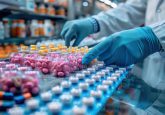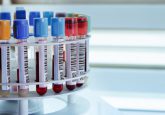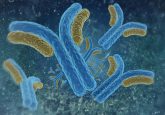Simple, inexpensive detector developed for medical testing

An inexpensive detector has been developed by researchers from Harvard (MA, USA) that can be used by health care workers in the poorest areas of the world.
It costs around US$25 to produce and weighs just 2 ounces. The device, already in field trials in India, can be used to monitor diabetes, detect malaria, discover environmental pollutants, and perform tests that are currently carried out by machines costing tens of thousands of dollars.
The device can also be used to send data over lower-tech mobile phones, which are common in the developing world, so it can reach distant physicians, enabling them to text back any relevant instructions. The researchers created software that converts the data to audible tones so it can be sent, via plugging the device into the phone’s headphone and microphone jack, just as if it were someone’s voice.
“We designed it to be as close as possible to a glucose meter, because that’s familiar to people,” explained Alex Nemiroski, a postdoctoral fellow in the lab of Flowers University Professor George Whitesides and lead author of the paper describing the research, published in the Proceedings of the National Academy of Sciences.
“There are two buttons. Select the test and press ‘go.’ It should be as much of a no-brainer as possible.” The device also uses vibration to mix samples.
“Electrochemistry – causing chemical reactions by passing electrical current through a solution of appropriate molecules – is a very powerful set of techniques and widely used in chemistry,” said Whitesides.
“It has been less widely exploited in bioanalysis, although some of the most widely used biomedical analyses – blood glucose in management of diabetes, serum electrolytes in diagnostic screening, chemiluminescent immunoassays based on production of light – are electrochemical, and are very widespread and useful.”
Nemiroski credited the development of the new device to the interdisciplinary nature of Whitesides’ lab; creating the device involved collaborations with experts in chemistry, biology, and other fields. He is already working on the next generation of the device, with more features and the ability to conduct more tests. He suggests that utility, rather than technology, may be what limits the number of tests that can be included on future devices as digital miniaturization is proceeding rapidly.
“I’m really proud of the work and really proud of the team,” Nemiroski said. “I think there’s a real need, and I think this is a real solution.”
Source: Cheap and compact medical testing.





